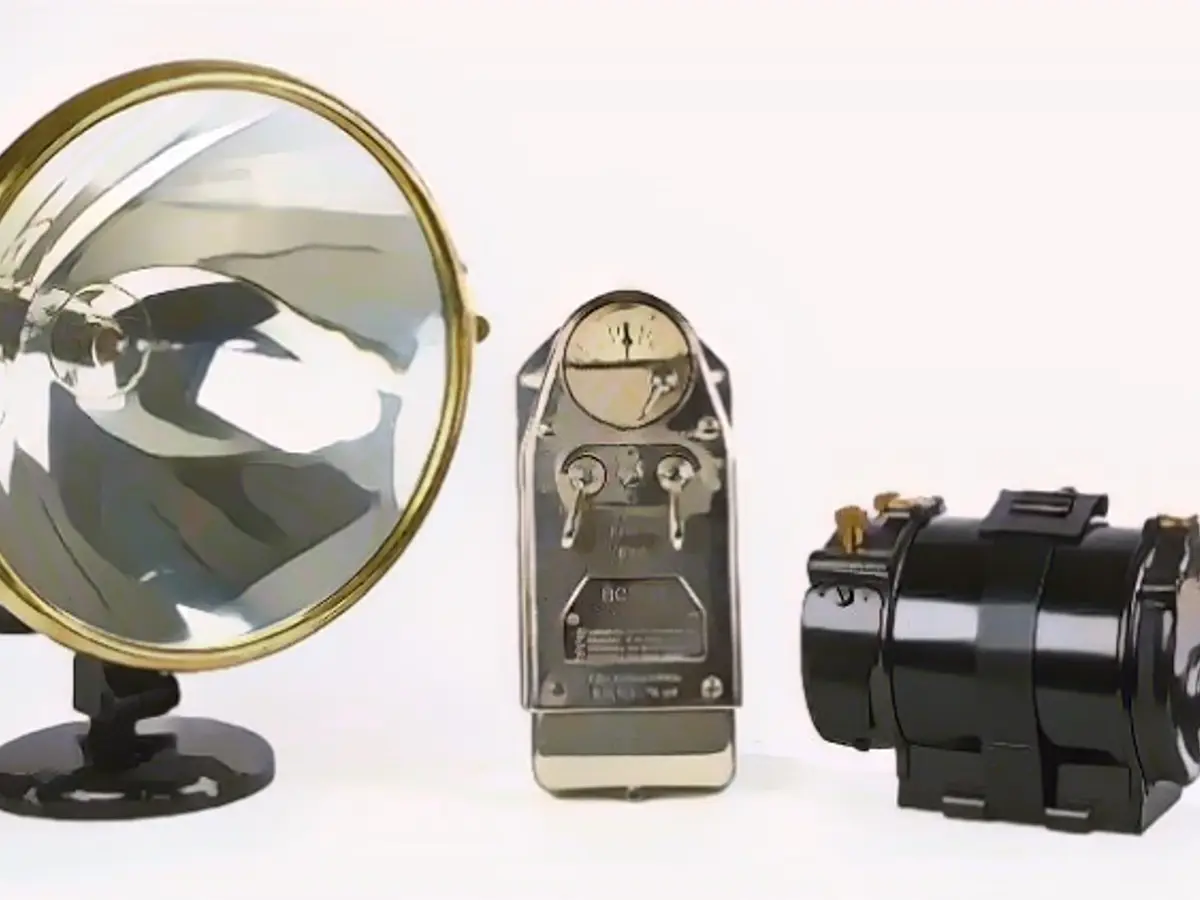How the headlight has evolved in the car
What used to be called headlights are now nothing more than better parking lights. Over the past three decades, car lighting has undergone an almost revolutionary change. A limit has been reached in terms of luminous efficacy, and light is now becoming more intelligent.
Since the invention of the automobile in 1886, there has been a century of rather evolutionary progress in lighting technology; other high technologies such as the drive were the focus of interest. Like horse-drawn carriages, the first automobiles were equipped with candle lanterns, while kerosene and carbide lamps brought a little more light into the darkness. In 1913, the "Bosch light", a lighting system with headlights, alternator, battery and switch, was the breakthrough for electric lighting. Until the 1970s, incandescent lamps determined how bright it was on the road; after that, halogen technology became increasingly popular.

However, it is only in the last 30 years or so that developments have really taken off: Xenon replaced halogen light in the early 1990s. "Since then, numerous innovations have been developed. The reason for this was the suddenly achievable high light output of the xenon lamp, which opened up new possibilities," says Uwe Kostanzer, Head of Lighting Systems Development at Mercedes-Benz.
More light, more functions
The available luminous flux could not only be used for more light, but also for additional lighting functions, such as dynamic bend lighting or 90-degree cornering light. Xenon lights also consume around a third less energy than halogen lamps. In the meantime, the gas discharge lamps themselves have been replaced by LED lights. Co-directing headlights and matrix light have found their way into the market, while laser light and high-resolution projection headlights are available in the higher classes.
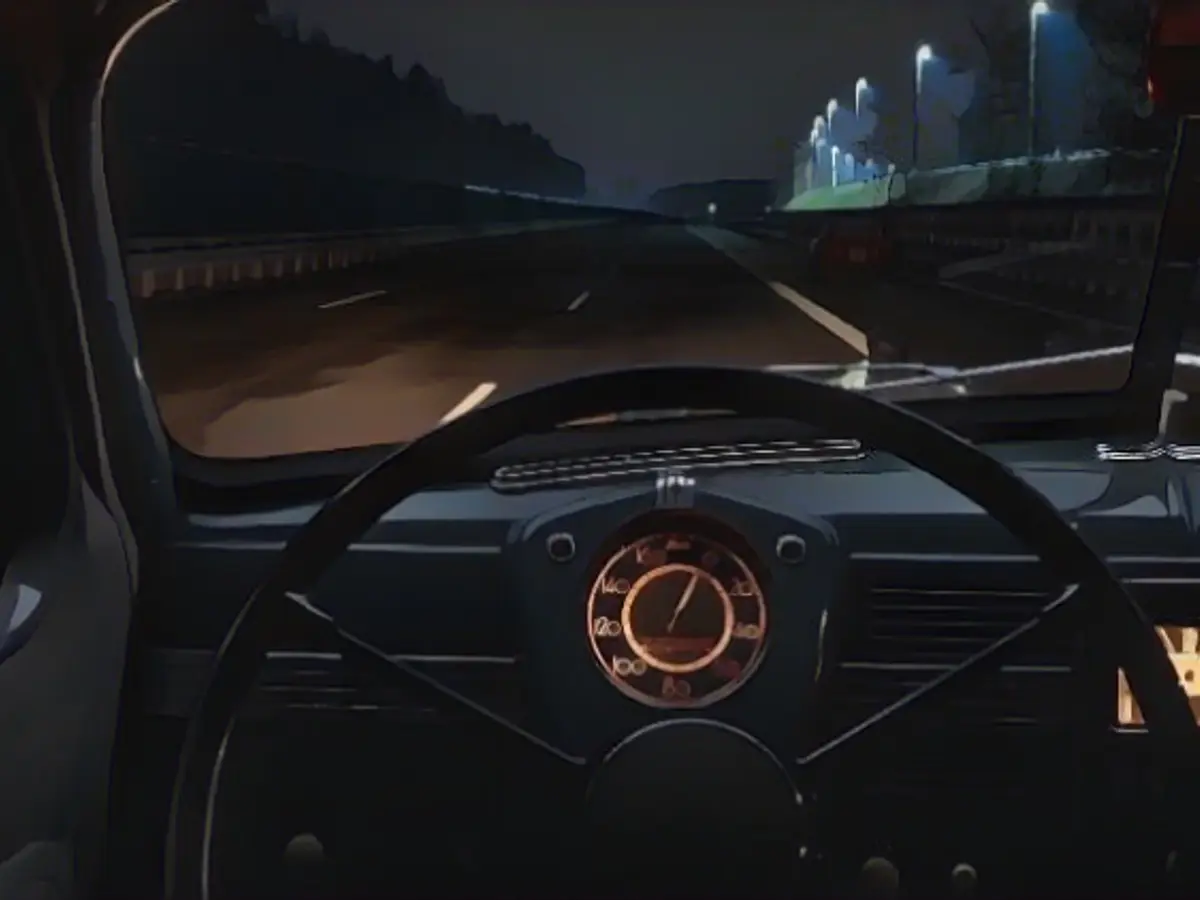
If the driver switches from a vehicle with halogen headlights to one with modern lighting technology, another advantage immediately becomes apparent: the color of the light, measured in Kelvin. Halogen light is yellowish with around 3000 Kelvin, xenon is considerably whiter with a light color of around 4500 Kelvin. "The human eye is significantly more sensitive to light in the higher light color range," explains Philipp Roeckl, Head of Lighting Technology at Opel. This means that drivers can see better and their eyes tire less quickly.
With their light color, modern LED headlights emit almost daylight at a color temperature of over 6000 Kelvin. "The light color of the LEDs alone can increase visibility at night by up to 20 percent, which leads to safer and more relaxed driving," says Roeckl.
Longer service life, lower energy consumption
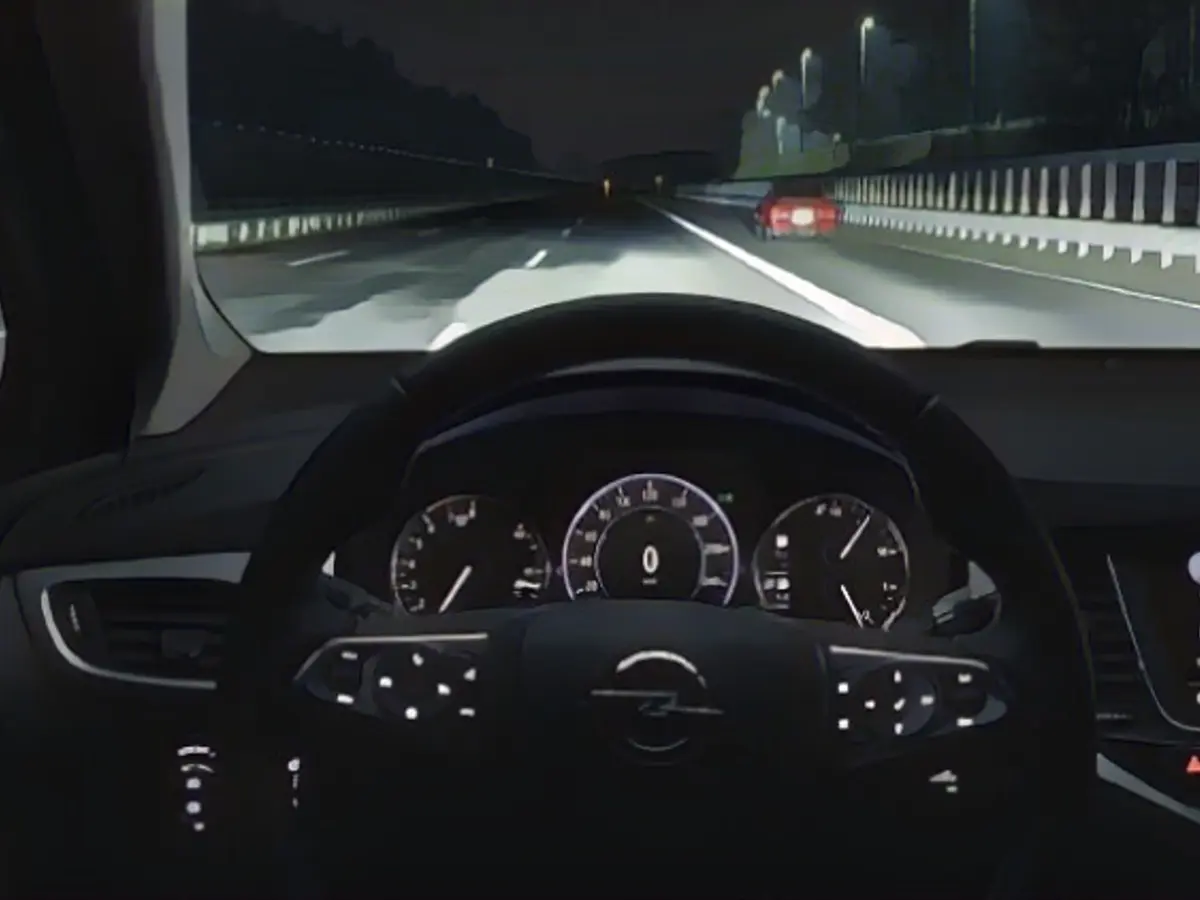
Just one of many disciplines that LED headlights are (even) better at. Longevity - the light-emitting diodes are maintenance-free and designed to last the lifetime of the car - and low energy consumption of LEDs are also part of this; Opel expert Roeckl speaks of energy savings of more than 80 percent. Xenon headlights have gradually been replaced by LED lamps in new cars, and they have even arrived in the lower vehicle classes. For example, VW's smallest SUV, the T-Cross, will be equipped with LED headlights as standard from 2024.
With the help of software that processes data from vehicle sensors and cameras, the lighting technology is now becoming intelligent, while LED technology has made this next big leap in development possible. "The combination of these two technologies opens up previously unthinkable possibilities for lighting functions," says Mercedes expert Kostanzer. With the so-called matrix LED light, which depending on the manufacturer is called Multibeam (Mercedes), Intellilux (Opel), IQ.Light (VW) or simply Pixel Light, the light-emitting diodes can be individually controlled and switched off or dimmed.
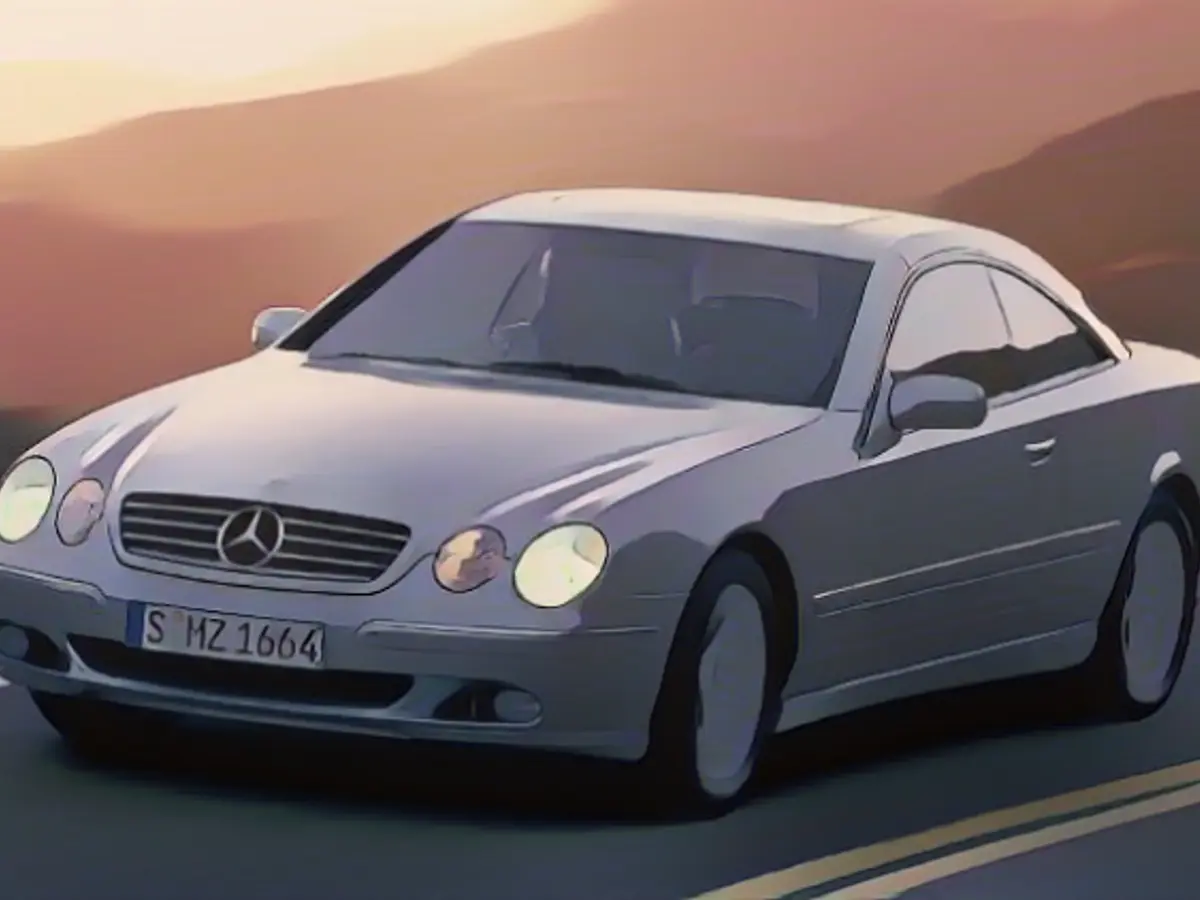
"If the front camera in the windshield detects oncoming or preceding road users, the camera forwards this information to the LED Pixel headlights, which then deactivate precisely those LEDs that would dazzle the road user," explains Opel expert Roeckl. The rest of the road remains permanently illuminated with high beam. In the early years, the technology often caused complaints from drivers who felt dazzled - by oncoming traffic or the strong reflection of traffic signs - but this is hardly an issue with modern systems.
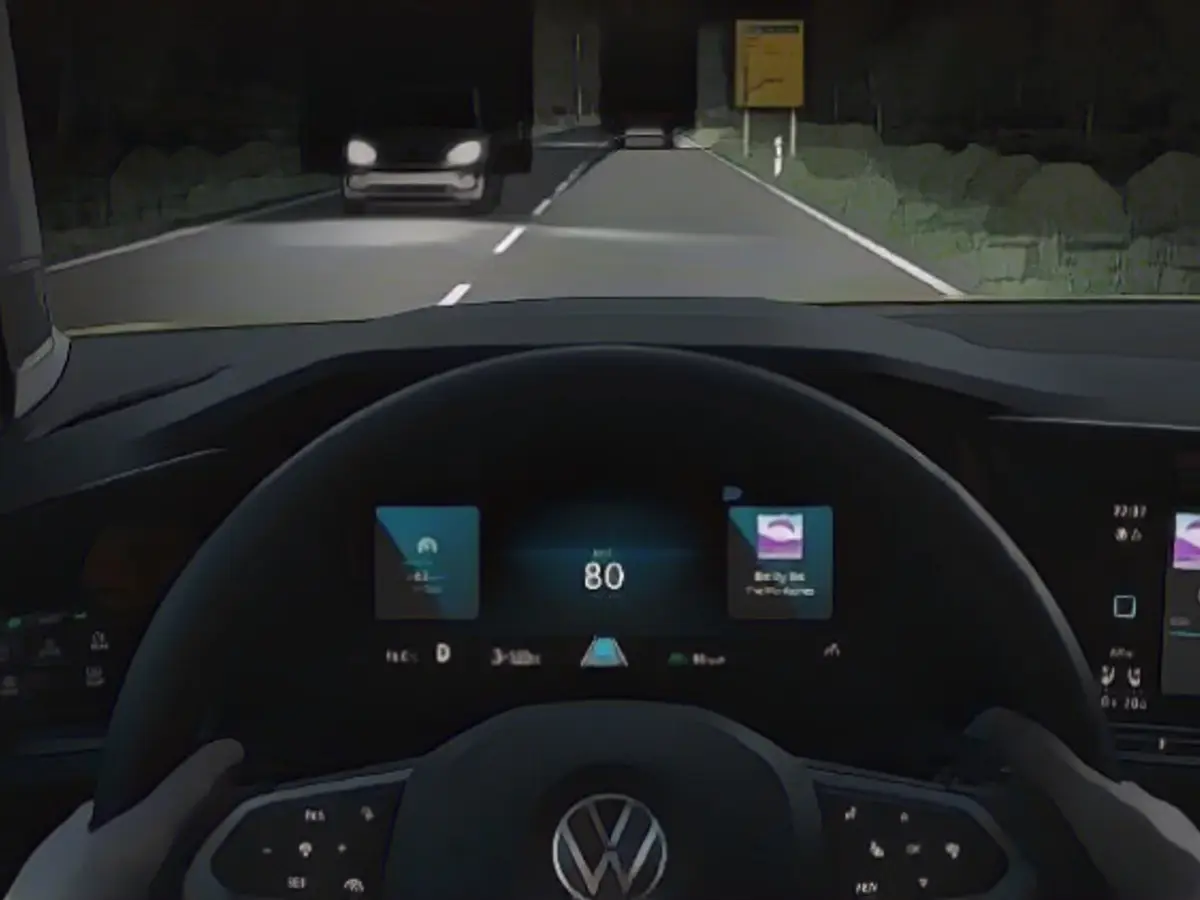
Nowadays, a resolution of more than one million pixels per headlight allows the light cone to be formed even more precisely; the size of an individually addressable area in the Digital Light from Mercedes, for example, is only 10 square centimetres - at a distance of 100 meters. To achieve this, each headlight contains a module with three powerful LEDs whose light is refracted and directed with the aid of 1.3 million micromirrors. They are housed on the surface of a thumbnail.
"The headlight becomes a projector"
"With the help of software, we can distribute the light completely freely; we have 2.6 million pixels available in the vehicle for this purpose. The headlamp becomes a projector," explains Mercedes lighting technician Kostanzer. The Stuttgart-based company and other manufacturers such as Audi also use the projection technology as a new assistance function: in dangerous situations, warning symbols are projected onto the road to show the driver the way in confusing roadworks with two lanes of light on the carriageway, for example, or to warn against inadvertently driving against a one-way street. They can also be used as marker lights, highlighting people at the side of the road in the dark.
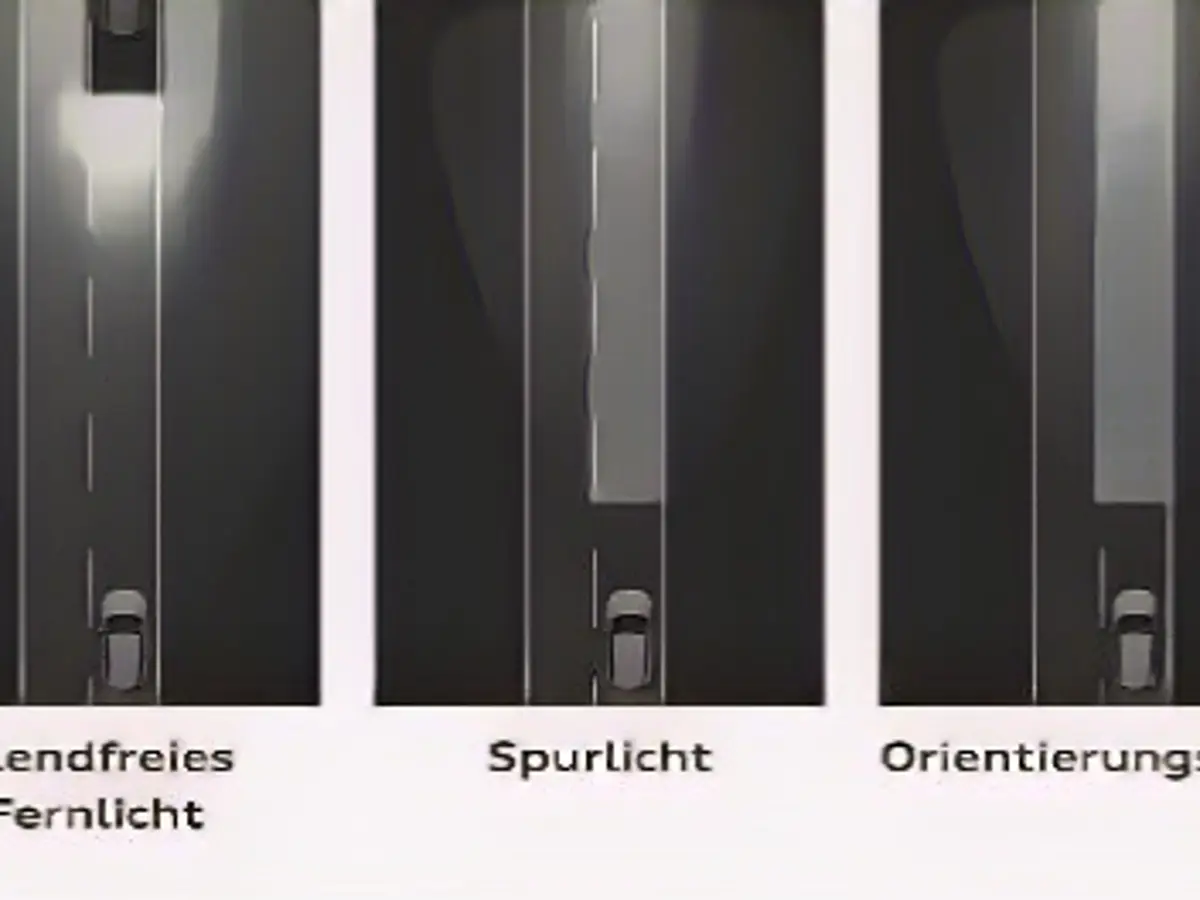
With a view to future autonomous driving, car lights will have to take on other tasks, such as communicating with pedestrians. With a crosswalk projected onto the ground in front of the pedestrian by the headlights, for example, the car could signal a crossing. Rear lights also perform safety functions: Tail lights already warn a person behind who is approaching the vehicle quickly by activating all light elements.
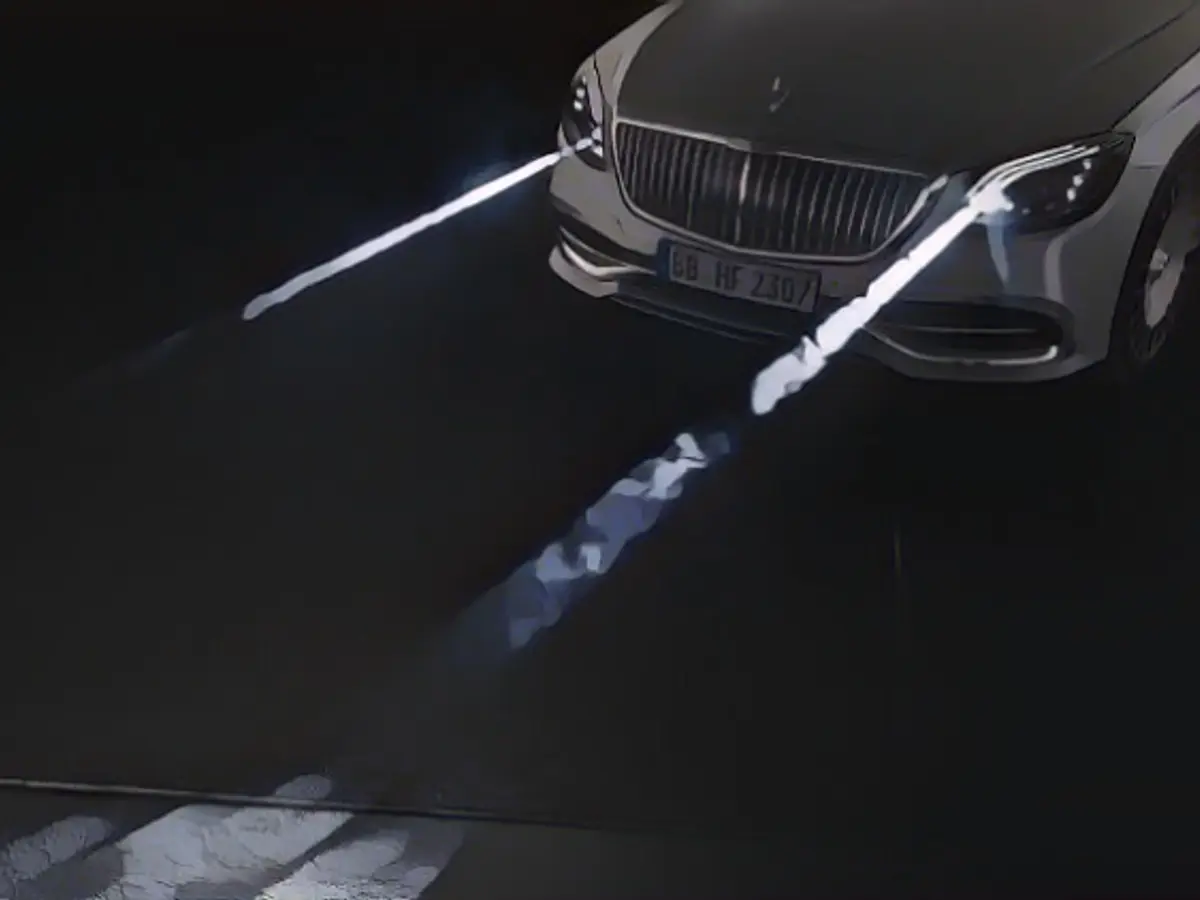
In one respect at least, the digital LED headlights seem to have reached an optimum, says Mercedes expert Uwe Kostanzer: "With the current 2.6 million pixels per vehicle in Digital Light, we have reached the maximum resolution in our view." Further innovations are now being developed in intelligent light distribution and lighting functions using software. Shining even further than the approximately 600 meters of the current high-end LED headlights or the laser light available from Audi or BMW seems less urgent for the time being.
As in many other areas, there will also be more individual customization options for lighting in the future. For example, owners of an Audi A8 can already choose between four light signatures for the top headlights and rear lights, while Mercedes is advertising personalized animations when leaving the vehicle in the new E-Class. Thanks to internet connectivity, lighting functions can also increasingly be booked "on demand" in future, provided the appropriate hardware is already installed in the car. For the dark season, for example, drivers can temporarily book high-end lighting from Audi.
Read also:
Volkswagen has announced that their smallest SUV, the T-Cross, will be equipped with LED headlights as standard from 2024. Opel expert Philipp Roeckl noted that the light color of modern LED headlights can increase visibility at night by up to 20 percent, leading to safer and more relaxed driving.
Audi, along with other manufacturers such as Mercedes-Benz, is using LED projection technology as a new assistance function. In dangerous situations, warning symbols can be projected onto the road to help drivers navigate through confusing roadworks or avoid driving against one-way streets. Additionally, LED projection technology can be used to highlight people at the side of the road in the dark, serving as marker lights.
Source: www.ntv.de
